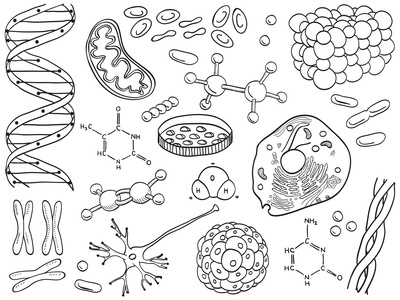Soil gases are also a very important determination of soil fertility. Most of the soil gases come from the atmosphere. To maintain a good fertility rate plants along with other organisms need a constant fresh supply of oxygen for their respiration process. The best soil for maintaining a good supply would be one with at least 50% pore space. Since the respiration process builds up CO2 this aeration process will help preclude it’s build up to toxic levels.
Soil fertility is mainly determined by the potential it has for plant growth now plants need certain amounts of elements in different quantities. Some like the macro elements carbon, hydrogen, oxygen, nitrogen, phosphorus, magnesium, potassium and calcium are needed in great quantities. This is some what arbitrarily defined as about 10kg per hectare. Others like iron, copper, zinc and chlorine to name a few are needed in less quantities but are nevertheless still needed. Most of the macro elements and all of the micro elements come from the soil (Moore, Environmental Chemistry 1976 p303). Because these nutrient irons are going from a low concentration in the soil water, to a high concentration in the root fluid. The energy required to do this transport are supplied by an oxidative metabolic process that requires dioxide.. If this is not present near the plants roots than an uptake of nutrients may not occur. Soils must therefore have air. The soils that exclude much air because of over saturation or a low porosity have stunted plant growth. Therefore dioxide amount effects the soil’s fertility (Bowen, Environmental Chemistry of the Elements 1979 p.53-55).
Organic matter in many ways does contribute to soil fertility. Plants manufacture different substances of organic matter such as cellulose semi-cellulose fats, waxes, proteins and lignin. Now most of these are decomposed quickly when plants die by soil organisms. The ones that don’t decompose quickly are the proteins and the lignin. And these compose approximately 30 to 50% of humus (soil organic matter) respectively. To obtain high protein content which is a major component of humus, it helps if their is a high clay content because some how protein molecules are strongly absorbed on clay particles.
